
Facebook Ads vs. Google Ads: Which is Right for Your Business?
- By digitalretina
- No Comments
- Post Views: 144
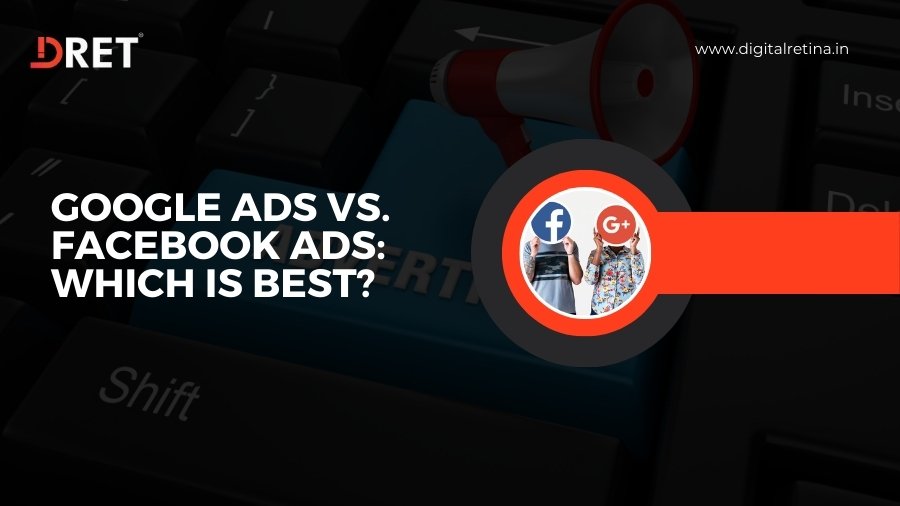
Quick Summary:
Facebook Ads vs. Google Ads, both functioning on a pay-per-click model, stand as the cornerstone of PPC advertising. These platforms host auctions for advertising space, where they charge for every view or click on a client’s advertisement. Agencies usually use both at the same time to reach more people. But deciding which one to use depends on getting the most benefit while staying within time and budget limits. This article explores the differences between Google Ads and others. Facebook Ads, aiding in informed decision-making for effective campaign management.
Choosing between Google Ads vs Facebook Ads can be a tough decision. Deciding which is right for your business depends on a variety of factors, from the spend you’re willing to pay for a conversion to the time and personal you have to manage the ad campaigns.
What Is Facebook Ads?
Facebook Ads is a powerful online advertising platform that allows businesses and individuals to target specific audiences across FB extensive network. It enables advertisers to create and run ads tailored to various objectives, such as increasing website traffic or boosting brand awareness. With its sophisticated targeting options, advertisers can reach users based on demographics, interests, behavior, and more. Facebook Ads offers a versatile and user-friendly interface for managing ad campaigns, and analytics to measure performance and optimize strategies for better results.
Here’s a step-by-step description of the main types of Facebook Ads:
Image Ads: Simple and straightforward, image ads consist of a single photo and text that appear in users’ News Feeds or as sponsored stories in Instagram feeds. They are effective for raising awareness, driving traffic, and generating leads.

Video Ads:
These ads can appear in the News Feed, Stories, or within Facebook videos as in-stream ads. Video ads are highly engaging and can be used for a range of goals, from brand awareness to promoting product launches.

Carousel Ads: Carousel Ads enable advertisers to display as many as ten images or videos in one advertisement, each accompanied by a distinct link. They are ideal for highlighting multiple products, showcasing different features of a single product, or telling a brand story across several panels.
Slideshow Ads: Slideshow ads create a video-like experience with fast-loading images, making them accessible even to users with slow internet connections. They are an efficient way to convey a compelling story or showcase multiple products using less bandwidth.
Messenger Ads: These ads appear in the Chats tab of the Messenger app, inviting users to interact with your business. Messenger ads can be used to start conversations, answer questions, and drive transactions directly within Messenger.
Stories Ads: Full-screen vertical ads that appear between stories on Facebook and Instagram. They offer a creative space for advertisers to use images or videos to engage with users in a more immersive way.
Instant Experience Ads:
Previously called Canvas, Instant Experience ads are full-screen ad experiences that load 15 times faster than a mobile website outside of Facebook. They can include images, videos, carousels, and call-to-action buttons, offering an immersive and interactive user experience.
Collection Ads:
These ads are mobile-only and designed to showcase multiple products directly from the Facebook feed. When users tap on a collection ad, they are taken to a full-screen display of the products, making it easy to browse and purchase without leaving Facebook.
Lead Ads:
Designed for mobile devices, lead ads make it easy for users to sign up for more information or request something from your business (like a newsletter subscription), all within the Facebook platform. They are particularly useful for lead generation campaigns.
Dynamic Ads:
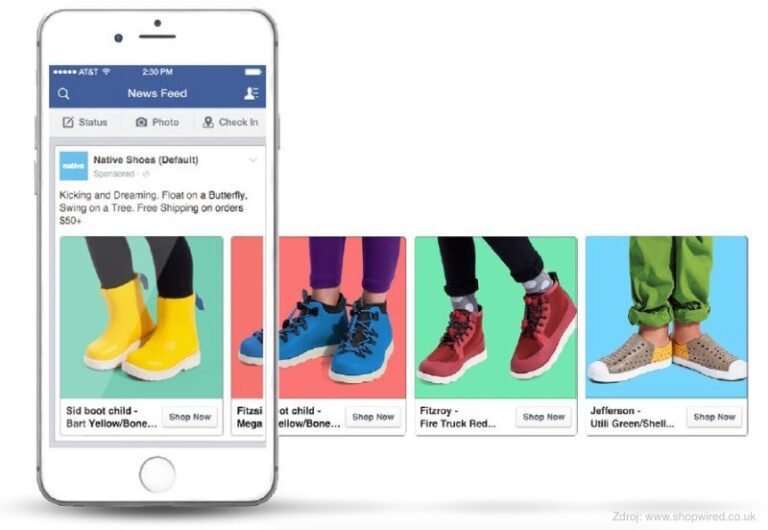
These ads seamlessly target individuals who have shown interest in your products, whether on your website, within your app, or across the web, by promoting those products automatically to them. They are highly effective for retargeting, as they use Facebook’s algorithms to show ads to users based on their past actions.
How Much Do Facebook Ads Cost?
The cost of Facebook Ads can vary widely, influenced by several factors. It operates on a bidding system where advertisers set a budget and bid for ad space. Here’s a breakdown:
Budget: You decide how much you’re willing to spend daily or over the campaign’s lifetime. This versatility enables companies of every scale to engage in advertising.
Bidding: Advertisers bid for ad space, and the highest bidder usually wins the spot. However, Facebook also considers ad quality and relevance.
Ad Objective: The goal of your ad (awareness, consideration, conversion) can impact cost. Conversion-focused ads might cost more but aim for direct results.
Target Audience: Competition for a specific audience can drive up costs. Highly targeted ads (by demographics, interests, behavior) may be more expensive but can yield better results.
Quality and Relevance of Ads: Facebook incentivizes advertisers by offering lower costs and superior ad positions for content that is both high in quality and closely relevant to the intended audience. Crafting compelling and relevant content for your target demographic is essential.
Time of Year: Advertising costs can increase during peak shopping seasons due to higher demand.
What Exactly Are Google Ads?
Google Ads is a digital advertising service developed by Google, that allows advertisers to present concise ads, service descriptions, product listings, or videos to Internet users. It operates on a pay-per-click (PPC) pricing model, meaning advertisers pay each time a user clicks on their ad. This platform allows businesses of all sizes to display their ads on Google’s search engine results pages and across a vast network of websites that are part of Google’s Display Network. Google Ads is designed to help businesses reach a wider audience, drive more traffic to their websites, and ultimately, increase sales or conversions.
Google Ads offers several types of advertising options to cater to different advertising goals and audiences. Here’s a step-by-step description of the main types:
Search Ads: These are text ads that appear on Google search results pages. When users search for keywords related to the ad, these ads might appear above or below the organic search results. Search ads are targeted based on the user’s search query, making them highly effective for capturing intent.

Display Ads: Display ads appear on websites within the Google Display Network. This network includes millions of websites where ads can appear. Display ads can be in the form of images, banners, or videos and are used primarily for building brand awareness and retargeting purposes. They can be targeted based on user demographics, interests, or even specific websites chosen by the advertiser.
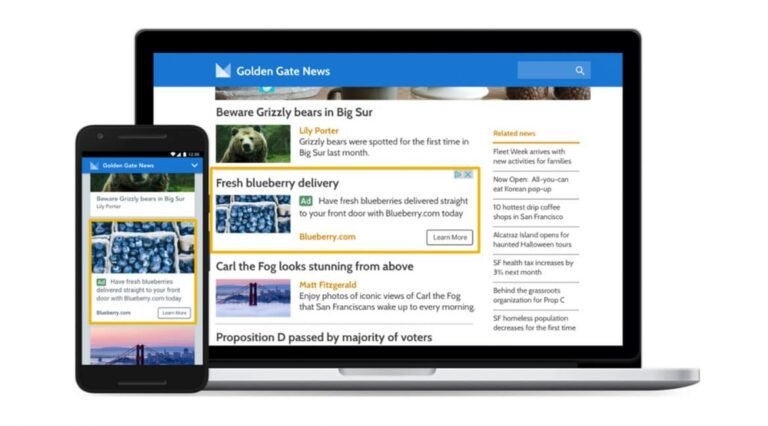
Shopping Ads:
Shopping ads showcase products directly on the search results page. These ads include product images, prices, and store information, providing a direct link for users to purchase products. Shopping ads are ideal for e-commerce businesses looking to drive sales.
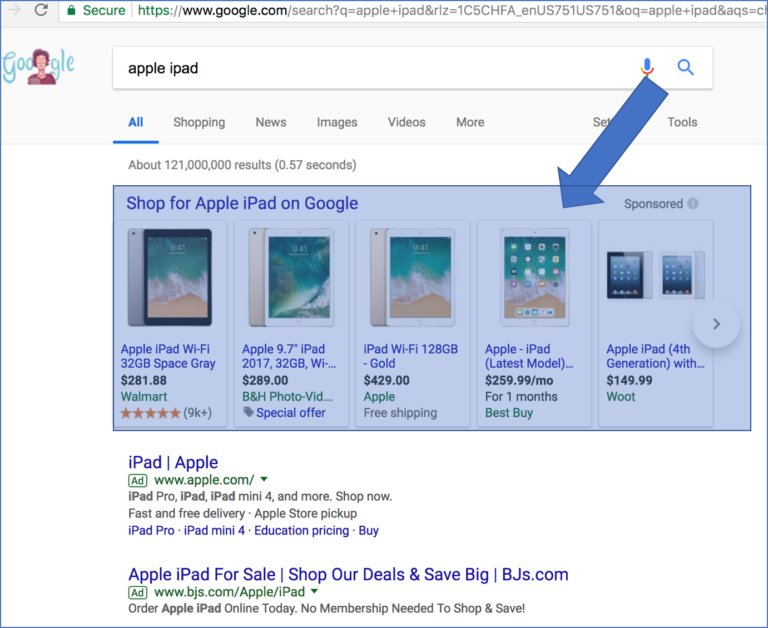
Video Ads: Video ads are displayed on YouTube and across the Google Display Network. These ads can range from short clips that play before a video starts (skippable and non-skippable ads) to promotional videos that appear in search results on YouTube. Video ads are a powerful tool for engaging audiences with compelling visual content.
App Ads: Designed for promoting mobile apps, these ads can appear across Google’s properties like the Search Network, Google Play, YouTube, and the Google Display Network. App ads are automatically optimized by Google to help reach the audience most likely to install the apps.
Local Ads: Local ads are tailored to promote businesses to users searching for products or services near them. These ads can appear on Google Maps or in search results, highlighting local business locations and encouraging foot traffic to physical stores.
Smart Ads: Smart ads use Google’s AI technology to optimize ad campaigns across different Google properties. Advertisers set their goals, and Google automatically adjusts where and how the ads are shown to achieve the best results. This type is suitable for businesses looking for simplified campaign management with a broad reach.
Google Ads Cost
Cost-Per-Click (CPC): This represents the amount you are charged every time an individual clicks on your advertisement.The average CPC across all industries is between $1 and $2 on the Google Search Network. However, in highly competitive industries, like legal services or insurance, the CPC can be significantly higher, sometimes exceeding $50 per click.
CPM (Cost-Per-Thousand Impressions): If you’re using the Google Display Network, you might opt for CPM bidding, where you pay for every 1,000 times your ad is shown, regardless of clicks. CPM rates can be lower, often under $1, but vary based on the targeting and the competition for ad space.
Daily Budget: Your overall cost is also influenced by your daily budget. Google Ads allows you to set a maximum daily spend for your campaigns, which helps control your advertising costs. Your actual spend can vary day by day but won’t exceed your monthly limit (your daily budget times the average number of days in a month).
Quality Score: Google assesses the relevance and quality of your ads and keywords, assigning a Quality Score. Higher scores can lead to lower costs and better ad positions because Google rewards ads that provide a good user experience.
Bidding Strategy: Your choice of bidding strategy (e.g., manual CPC, automated bidding) also influences your costs. Some strategies focus on maximizing clicks within your budget, while others aim for conversions like sales or leads, which might cost more per action but are more aligned with business results.
Key Differences Between Google Ads and Facebook Ads
Facebook Ads vs. Google Ads are two powerful platforms for online advertising, but they have distinct differences:
Targeting Options: Facebook Ads excel in detailed demographic and behavior targeting, allowing advertisers to reach users based on interests, activities, and detailed profiles. Google Ads focuses more on user intent, targeting based on what users are searching for, which can be especially powerful for capturing demand.
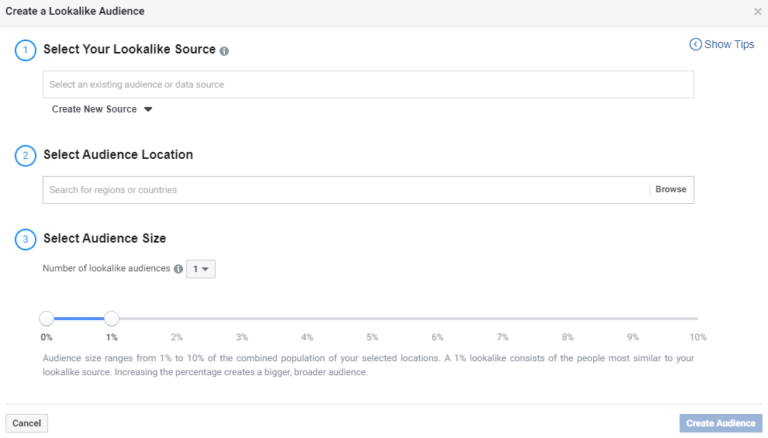
Ad Formats: Facebook provides a variety of visually engaging ad formats like image, video, carousel, and stories ads, making it great for brand storytelling and engagement. Google Ads offers search ads, display ads, and YouTube video ads, focusing on reaching users across different stages of the buying process.
Placement: Facebook Ads appear on Facebook, Instagram, Messenger, and the Audience Network, offering a social context. Google Ads are displayed across the Google Search Network, Google Display Network, YouTube, and Google’s partner websites, providing a wide reach across the internet.
Objective: Facebook is typically used for brand awareness and lead generation, capitalizing on its detailed targeting to engage users. Google Ads is often used for driving sales and capturing demand, as it reaches users actively searching for specific products or services.
Cost Structure
The cost of advertising can vary widely on both platforms, but Google Ads typically has a higher cost-per-click (CPC) due to its intent-based targeting.
Measurement and Optimization: Both platforms offer robust tools for tracking and optimizing campaigns, but the approach differs. Google Ads is more focused on conversions and direct response metrics, while Facebook offers detailed insights into user engagement and brand impact.
Audience Intent: The fundamental difference lies in audience intent. Users on Google are actively searching for information, products, or services, indicating immediate need or interest. Facebook users are browsing socially, offering opportunities to capture interest with engaging content but without the immediate intent to purchase.
What Is the Benefit of Using Both?
Utilizing both platforms enhances online marketing strategies significantly. By tapping into Google’s search-driven approach, businesses capture users with immediate purchasing intent. Concurrently, leveraging the social nature of Facebook allows for deep demographic targeting and engagement, ideal for brand awareness and nurturing potential customers. Facebook Ads vs. Google Ads. This dual approach ensures a broad yet targeted reach, maximizing visibility across different stages of the consumer journey. It combines the strengths of intent-based advertising with social interaction, offering a comprehensive digital presence that can lead to higher conversion rates and ROI. This synergy not only diversifies advertising efforts but also optimizes budget allocation for better results.
Facebook Ads vs Google Ads vs: Which One Should You Use?
Deciding between two leading online advertising platforms involves understanding your marketing goals and audience. If you aim to capture users actively searching for your products or services, prioritizing search-based advertising is wise. Conversely, for increasing brand awareness and targeting based on demographics and interests, social media advertising excels. Both avenues offer unique advantages: one excels in reaching users at the moment of search intent, while the other engages users through tailored content on social networks. Integrating both into your strategy can maximize visibility and engagement, blending immediate reach with deep targeting for comprehensive digital marketing success.
For expert guidance and innovative campaigns that leverage the full power of social media, consider partnering with Digital Retina, a leading Social Media Marketing Company in India, Boost your brand’s digital footprint and effectively engage with your audience.
Conclusion
Google Ads is ideal for reaching customers with intent, capturing leads ready to convert. Facebook Ads, on the other hand, are perfect for creating brand awareness and engaging with users based on specific interests. For a robust marketing strategy, consider a hybrid approach that utilizes the strengths of both platforms. To truly harness the potential of your online advertising, collaborating with a seasoned agency like Digital Retina can help you craft a dynamic social media strategy to boost your brand’s visibility and audience connection.

Malkit Singh

Jayant Singh
Meet Jayant Singh, the visionary CEO of Digital Retina. With over 8 years of expertise in digital marketing and brand growth strategies, Jayant's leadership has led to the successful transformation of numerous businesses. His knack for innovative solutions continues to shape the digital marketing landscape.


Comprehensive Guide to PPC Strategies: How to Make the Most of Your Paid Advertising

